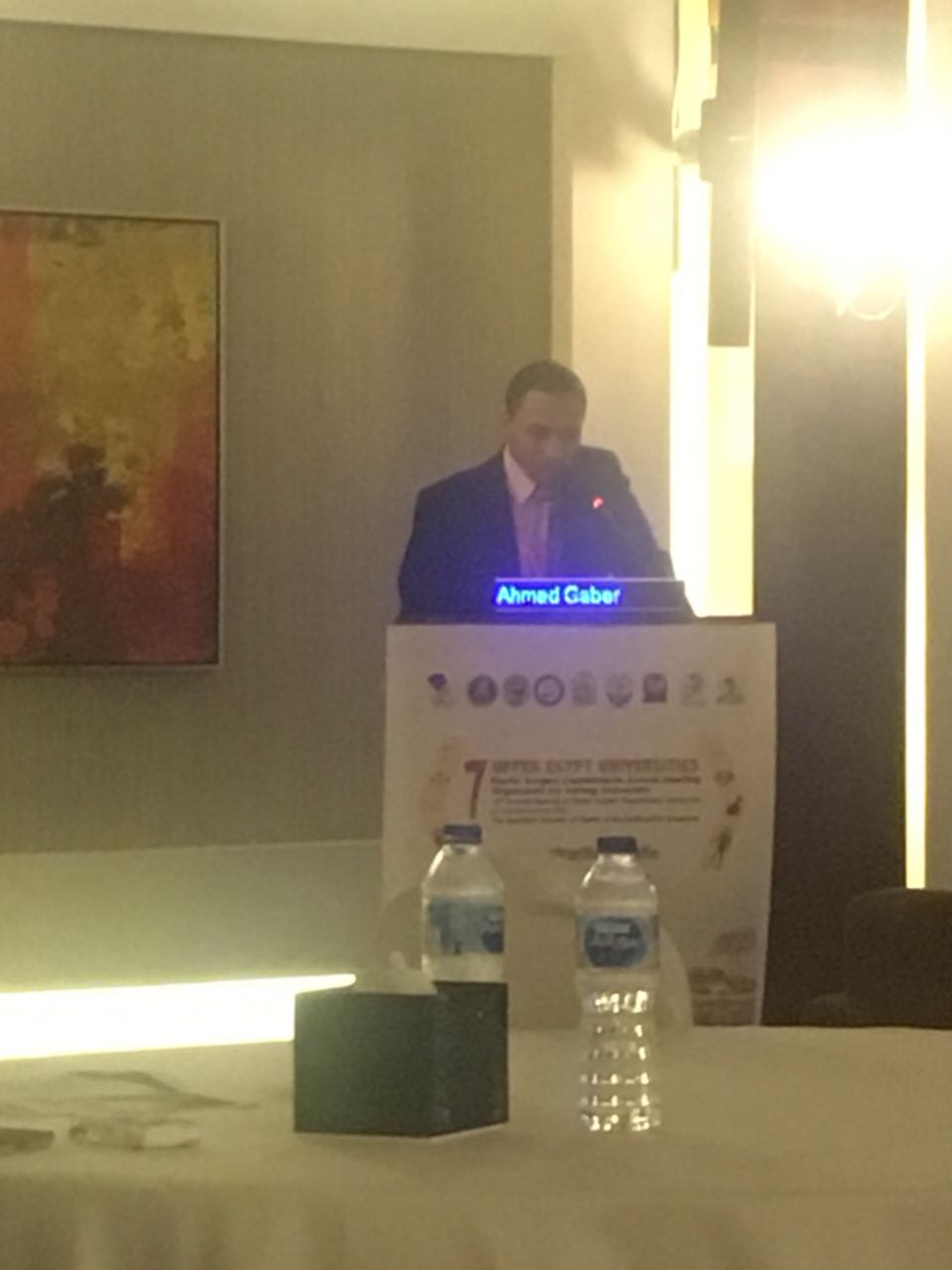Amputations in general and amputations of upper extremities, in particular, have a major impact on patients’ daily life activities, social interactions and work capacity.
Although the numbers of major traumatic amputations have been declining over the years as a result of continuous progress in occupational safety activities, major amputations of upper extremities are reported to have an average prevalence of 11.6/100.000 individuals in Europe [1].
Young, active males are more often affected by upper extremity amputation, which often result from high-energy trauma. As major amputations are often accompanied by multiple, life-threatening injuries following high-energy trauma, the possibility for replantation in these patients is restricted to prevent further harm caused by additional systemic problems occurring after revascularization. [1]
While an amputation is the sum of a vascular injury, an open fracture, a soft tissue injury, and a nerve injury, reattachment of the individual parts can result in severe morbidity during and after surgery. [2]
When undertaking upper extremity replantation, one must be mindful of immediate and future goals, including arm revascularization and future recovery of function. In cases where replantation is not possible, one should always attempt to salvage enough of the proximal extremity to fit with prosthesis.[2]
Only after the patient is stabilized by multidisciplinary trauma team can limb salvage be considered. For efficiency in the operating room, multiple teams after often necessary for a major limb replantation. The major goal is to reestablish limb perfusion and minimize ischemia time.
In this report we will present a dramatic failure in replanting a totally avulsed mid-arm amputation in a poly-traumatized patient.

